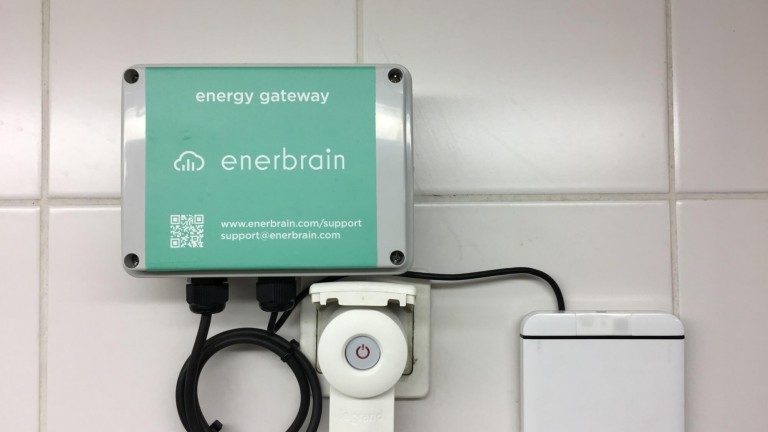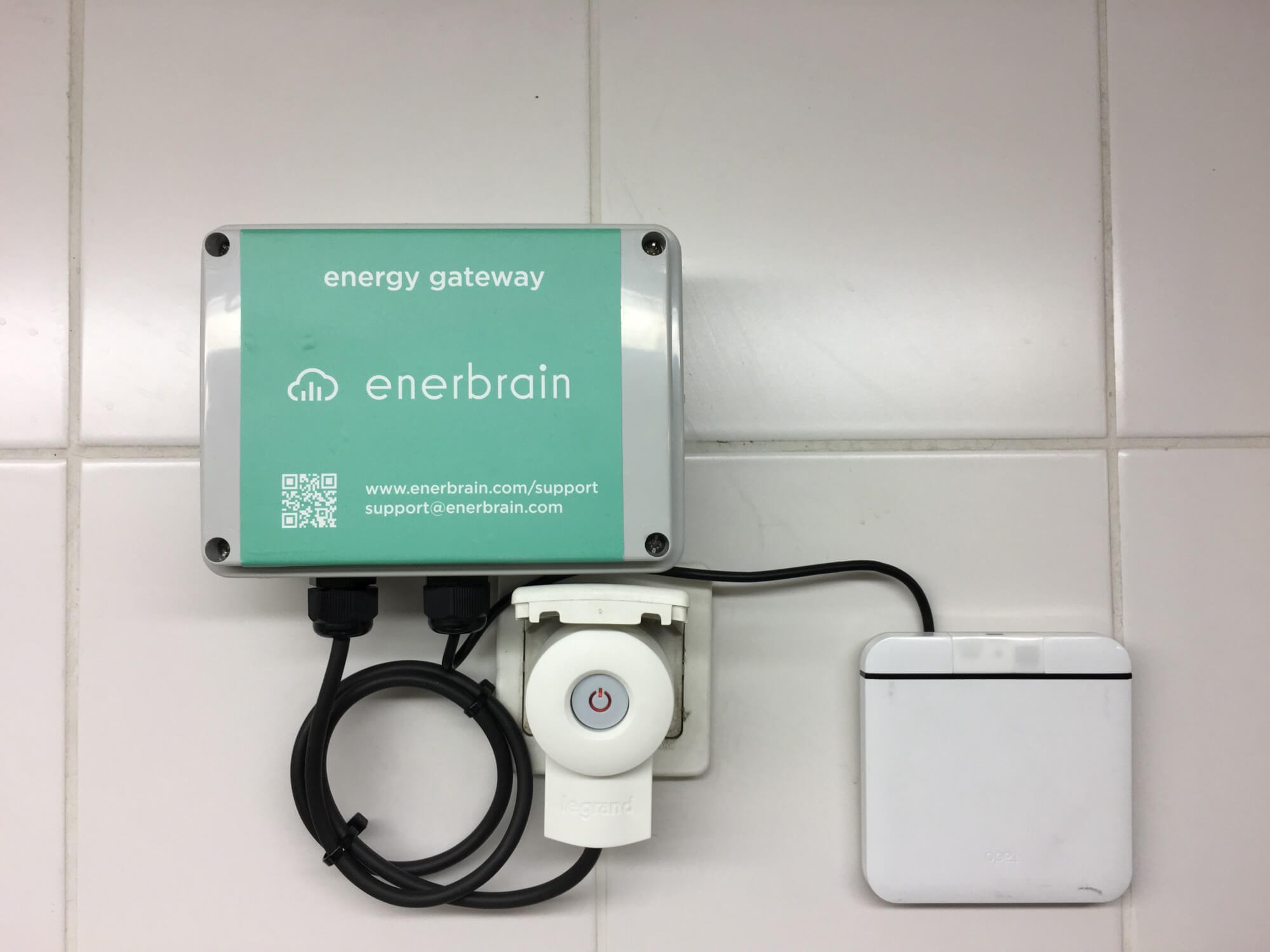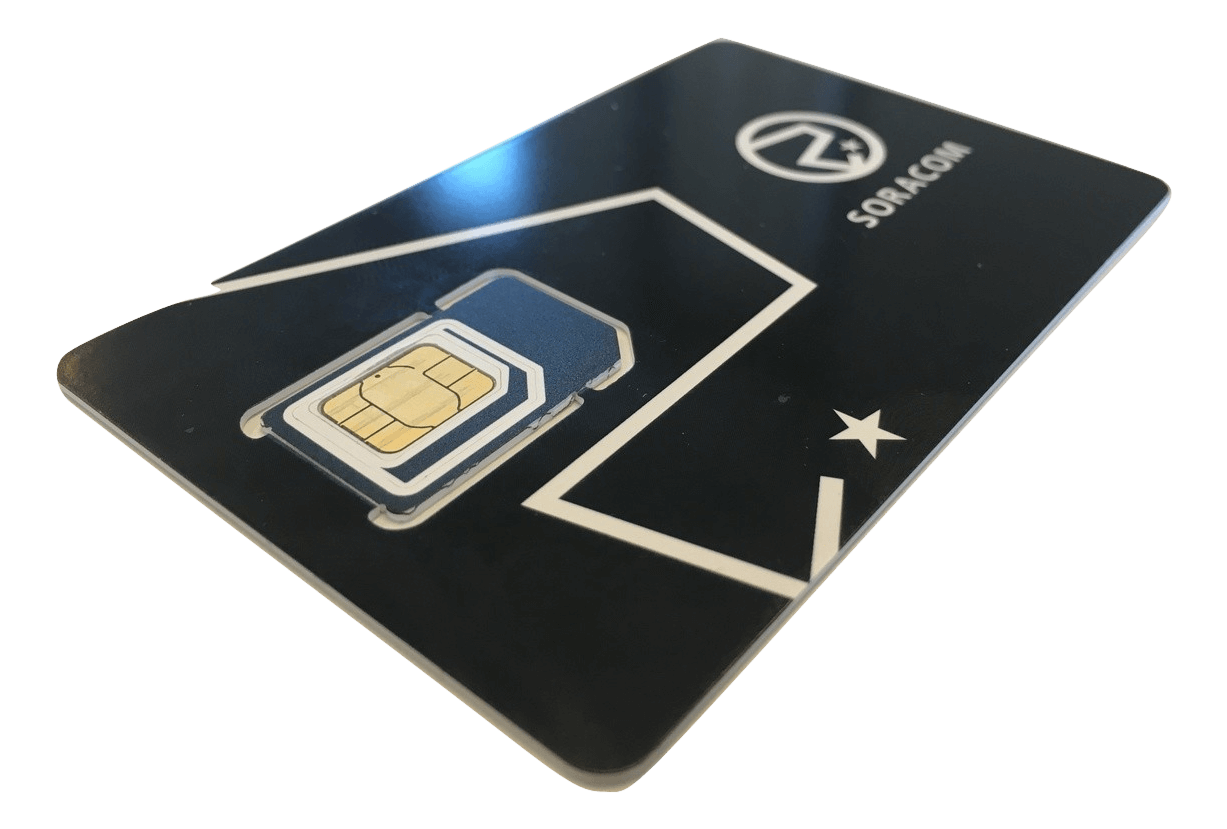The IoT Cellular Solution to Scale Device Deployment and Operations


When the time comes to scale and maintain IoT deployments, development and ops teams face two major challenges:
- Managing connectivity
- Keeping track of each unique physical device
Managing IoT connectivity typically requires complex end-to-end software and deployment processes. Successful deployments simplify these processes as much as possible while ensuring full coverage for the scenarios a supported device might encounter. For enterprise installations, this can be particularly challenging given strict network security requirements designed well before the IoT era.
Keeping track of devices is generally more of a production and distribution issue. Devices are created with unique identifiers and then shipped to various locations. But identifiers embedded in the code don’t necessarily provide good tracking information or allow for smooth communication back to the device. At least, not without significant effort devoted to programming additional backend functionality.
That boils down to a lot of time spent setting up the infrastructure for device management. And even with that investment, many functionalities may be scoped out, adding to the challenge of deployment, tracking and maintenance. Worst of all, these architectures tend be insecure, delicate, and prone to failure when network conditions change. Something as simple as a device being just a bit too far from its assigned Wi-Fi signal can generate support calls due to unstable connectivity.
The Cellular Solution

Cellular connectivity directly addresses many of the challenges related to connectivity management. 2G/3G/LTE works out of the box in most locations, provides accurate location data, and includes a uniquely identifiable physical SIM. In fact, the technology supporting SIM-based connectivity has now evolved to protect devices against attacks (even on networks that the manufacturer does not control) while also controlling bandwidth needs. (You can read my blog post on how cellular networks can deliver data-efficient and secure cloud connectivity for IoT devices.)
In my work developing both consumer and enterprise use cases trying to leverage existing Wi-Fi, I’ve found that the presumed savings offered by existing networks can often become a cost center due to the high cost of post-release support. What really matters, in the end, is customer- or end-user satisfaction, removing friction while keeping good control of the total cost of ownership. I have yet to find a better or more scalable solution than embedding SIM cards in IoT devices. It’s simple, effective, and gives product developers the control they need to focus on making insanely great IoT products instead of worrying about tracking and maintenance.
I would love to hear about your experiences making IoT devices. Feel free to share your comments below.
………………
Got a question for Soracom? Whether you’re an existing customer, interested in learning more about our product and services, or want to learn about our Partner program – we’d love to hear from you




